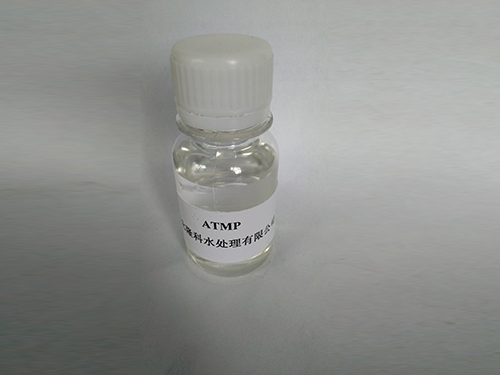flocculant vs coagulant
Flocculants vs. Coagulants Understanding Their Roles in Water Treatment
Water treatment is an essential process that ensures safe and clean water for various uses, ranging from drinking and agricultural irrigation to industrial applications. Two critical compounds used in this process are flocculants and coagulants. Although these terms are often confused, they serve quite different purposes and function in distinct ways during water purification.
Coagulants The First Step in Water Treatment
Coagulants are chemical substances that promote coagulation—the process of destabilizing and aggregating small particles in water, leading to the formation of larger clusters. This process is essential when dealing with colloidal particles, organic material, and suspended solids. Common coagulants include aluminum sulfate (alum), ferric chloride, and polyaluminum chloride.
When coagulants are added to water, they neutralize the charges on particles, allowing them to stick together. This initial step is crucial because it transforms stable, microscopic particles into larger aggregates, known as flocs. Without sufficient coagulation, particles would remain suspended in water, making it difficult for subsequent treatment processes to remove them effectively.
Flocculants Enhancing Particle Removal
Following coagulation, flocculants are introduced to enhance the aggregation of flocs. Flocculants are long-chain polymers that aid in binding the small flocs produced during coagulation into larger, more easily settleable clusters. Common flocculants include polyacrylamides and natural biopolymers like starch and chitosan.
The role of flocculants is particularly vital in processes like sedimentation or filtration, where improved floc formation leads to better removal of suspended solids. By increasing the size and weight of the flocs, flocculants ensure that the aggregates settle more efficiently, reducing turbidity and enhancing water quality. This step is especially important in both municipal water treatment facilities and industrial processes that require high levels of water clarity.
flocculant vs coagulant

Synergistic Interaction Coagulation and Flocculation
Coagulation and flocculation often work in tandem, creating a synergistic effect that maximizes particle removal efficiency. The sequence in which these substances are applied is critical effective coagulation creates the optimal conditions for flocculation to occur. The combination of the two processes can significantly improve the removal rates of impurities, making it a standard practice in modern water treatment systems.
Applications and Considerations
The choice between using coagulants and flocculants—or both—depends on the specific characteristics of the water being treated and the desired water quality outcomes. In some cases, coagulant dosage needs to be carefully controlled to avoid over-treatment, which can lead to residual chemicals in the water. Similarly, the selection of flocculants requires careful consideration of factors like molecular weight, charge, and solubility.
While both coagulants and flocculants play essential roles in water treatment, their effectiveness can be influenced by a range of variables, such as pH, temperature, and the presence of other substances in the water. Therefore, water treatment professionals must continuously monitor and adjust their usage to achieve the best results.
Conclusion
In summary, while flocculants and coagulants are often mentioned together in the context of water treatment, their roles are distinct and equally important. Coagulants initiate the process of particle aggregation by neutralizing charges, while flocculants enhance the formation of larger, more manageable flocs. Understanding the unique functions and interactions of these two groups of chemicals is crucial for optimizing water treatment processes and ensuring the delivery of clean, safe water.
-
Water Treatment with Flocculant Water TreatmentNewsJun.12,2025
-
Polymaleic AnhydrideNewsJun.12,2025
-
Polyaspartic AcidNewsJun.12,2025
-
Enhance Industrial Processes with IsothiazolinonesNewsJun.12,2025
-
Enhance Industrial Processes with PBTCA SolutionsNewsJun.12,2025
-
Dodecyldimethylbenzylammonium Chloride SolutionsNewsJun.12,2025





